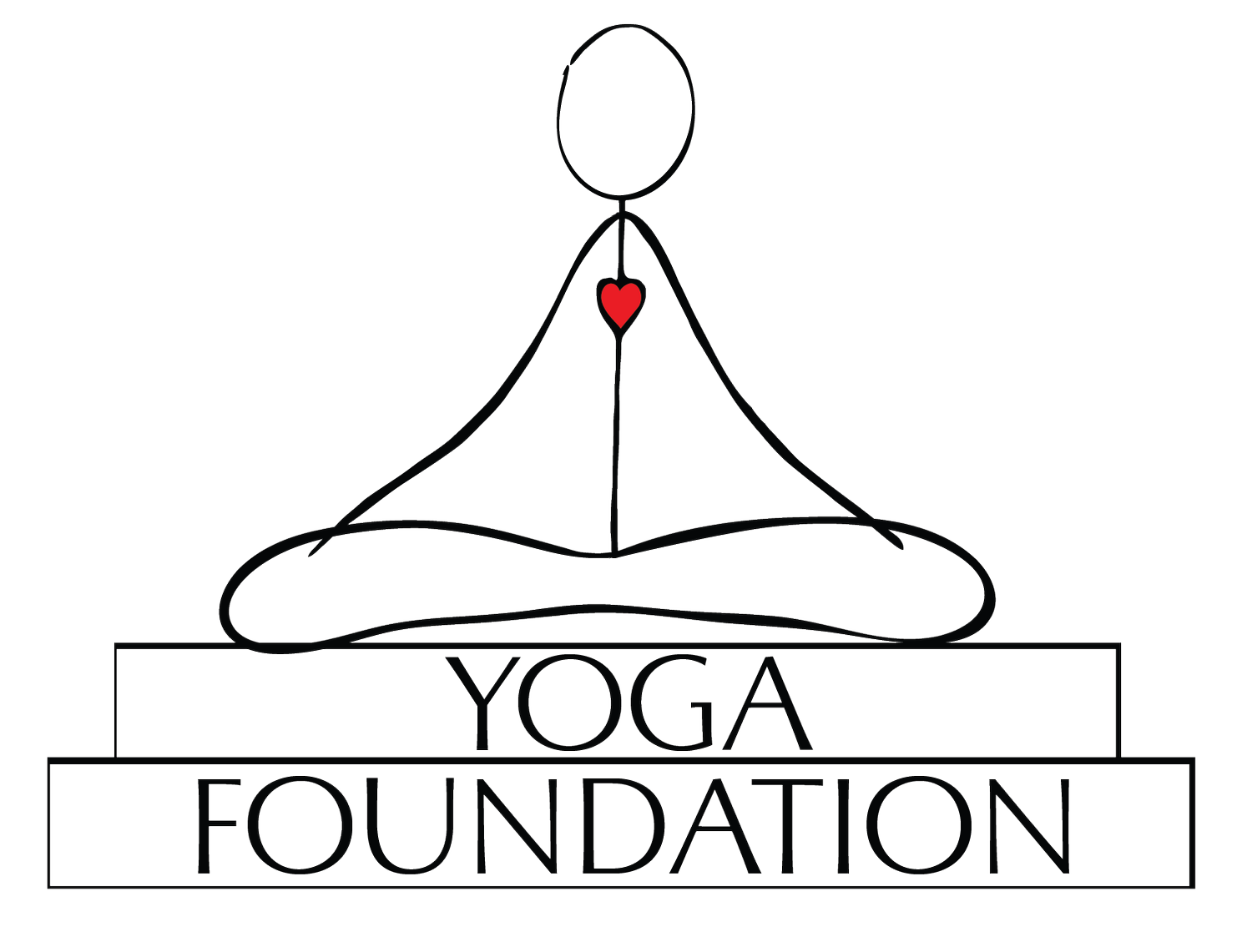From puberty, through childbearing, menopause and beyond
Yoga needs to change as we do. Distinct phases of life necessitate particular requirements for successful engagement in our primary roles. And shout out to all of you who have been mothered, who have mothered and who mother for the feelings that come with this day. May your sanctity first be recognized by you, and may your life be filled with reminders of how precious you are. Motherhood, for those who walk that path, includes increased physical mental and emotional needs and a tremendous load. Additionally, womanhood itself is fraught with massive hormonal fluctuations. We can get pummeled by these waves, or surf them.
Ideally, Yoga holds us through all phases. The adaptive practices of the Krishnamacharya lineage are customized based on needs and life experiences, including those distinct to the woman’s life cyle. Each vayah, or stage of life, comes with primary life responsibilities. For an easier evolution and abiding in each phase, Yoga tailors the experience to boost our capacities to thrive in our roles.
Let’s look at primary dharma-s and vrtti-s for each womanly stage, and how Yoga provides support. For children, foremost, we have to entice them with stories and various sound practices, so they look forward to continuing practice. In early childhood, healthy immune systems and physical/psycho/social development are paramount. Asana is the focus, with longer, dynamic, physically challenging sequences to challenge the child’s mind and body, channeling their boundless prana into a unified, focused direction. The ability to sustain focus and promotion of healthy growth and development is the name of the game. Here, differentiation between sexes is not made.
Adolescent practices are built upon early childhood ones, which don’t disappear, but transform to versions that support learning. Inner and outer strength is honed, as the increasing personal and school responsibilities and executive functioning requirements necessitate a steadiness to master. Social and romantic distractions abound, and today, screen usage, and weaker minds and personalities fall prey to their pull, prioritizing them over diligent studentship. Faltering here impacts success later in life. For young women, practices are given to strengthen reproductive health, support healthy menstruation and ease any symptoms that accompanying the hormonal fluctuations.
Once the young adult is enters self-supporting years, living on one’s own, relationship and possibly even parenthood, life gets real. In order to support us as we balance endless parameters and responsibilities, focus shifts to breathing variations and techniques in asana-s, along with pranayama.
For women, there are potentially many stages in here, such as pre-pregnancy, pregnancy, post-natal, and mothering children through the years. Each stage is marked by shifting practices to support the shifting needs of the woman during family life. Perimenopause transition is a time of turbulence, and is included in this phase. It has its own unique set of requirements. We work on balancing the mind so that the unpredictability in hormonal and consequent physical and emotional fluctuations doesn’t hamper our health.
As menopause dawns, agni becomes sluggish and weight gain, insomnia, insecurity and brain fog, to name a few, creep in. Practices need to help us rediscover and reclaim ourselves, becoming more meditative. The physical practices will help us to stay strong, make sure our systems are functioning smoothly and help us emotionally to weather the often significant changes our bodies and lives are undergoing.
Later on, the children may be slightly less demanding, sometimes. With less family responsibility on the mind, we automatically are more ripened for the practices that support self-realization. Life, having jostled us in so many ways, may have planted seeds that can only grow now, with regards to personal and spiritual transformation.
Our new course centers peri-menopause, menopause and beyond. Now, we actively need to boost our strength and energy levels, without harming ourselves, while cultivating hormonal balance and deep self care.
